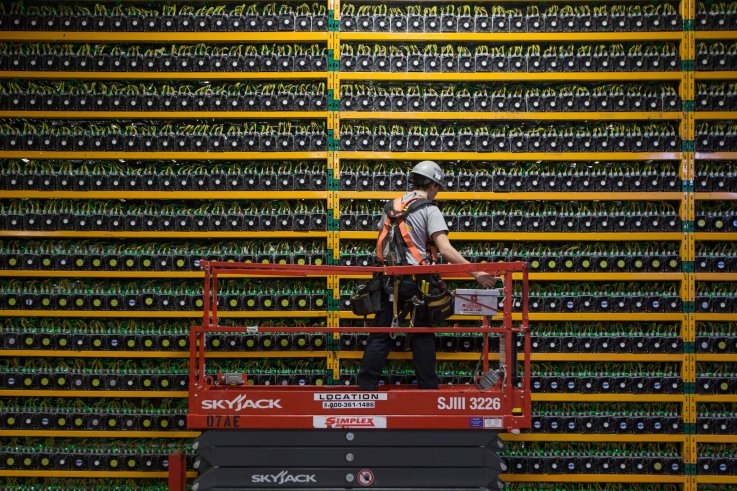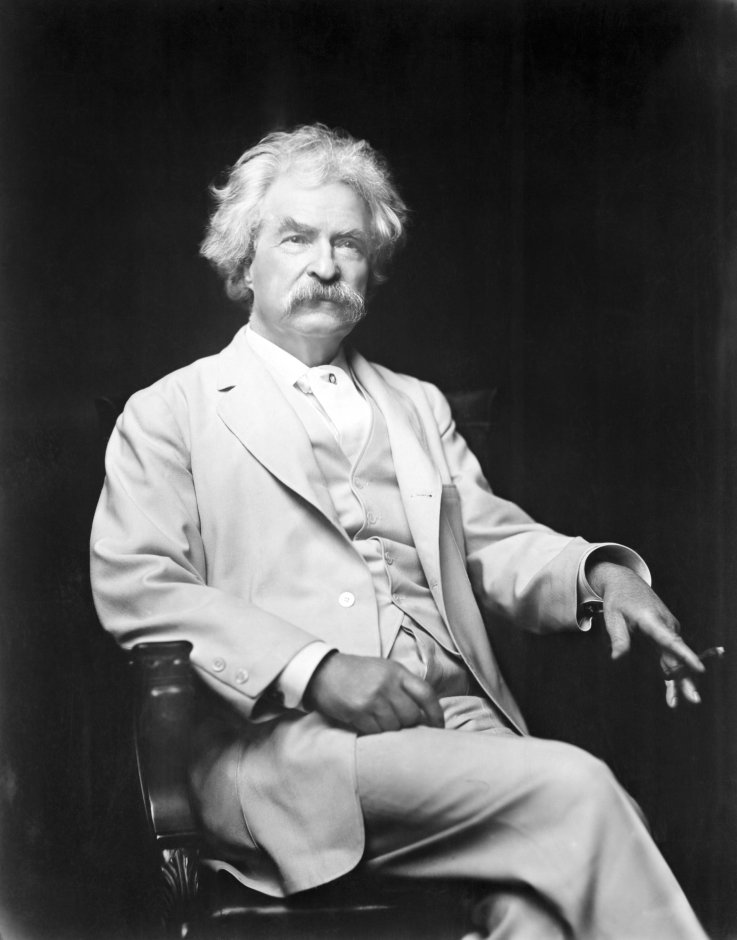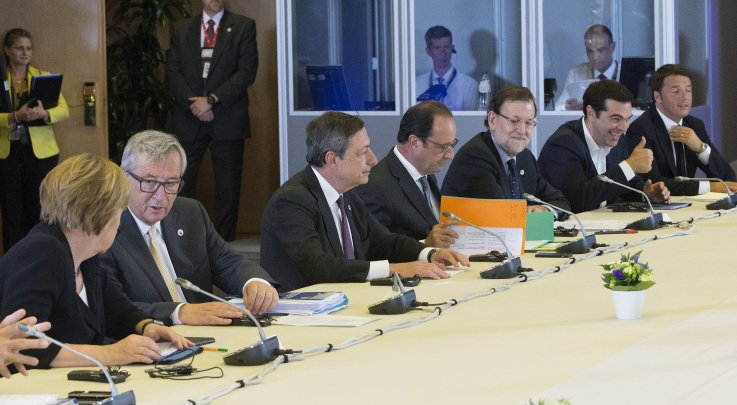All the gold in the ocean is a strong argument for Bitcoin, true believers in the cryptocurrency say.
The supply of Bitcoin is fixed at 21 million, and a worldwide network makes it available at low cost to anyone who’s interested. There are about 197,000 tons of gold above ground and two-thirds of it has been mined since 1950.
Mining has advanced since the 49ers panned for gold in California’s Sierra Nevada foothills east of Sacramento. Gold that can’t be profitably recovered today may be a moneymaker in the future and expand the supply.

ZINYANGE AUNTONY/AFP/Getty Images
However, gold requires major capital investment to mine, transport and store. It costs about $973 to mine an ounce of gold and $4,161 to mine one Bitcoin by computer, industry figures show.
Bitcoin moves around the world with the ease of email and is secured by blockchain, an unbreakable transaction record.
While it’s impossible to know how much gold is in the ocean, the National Oceanic and Atmospheric Administration estimates there is about one gram of gold for every 100 million metric tons of water in the Atlantic and Pacific.
There’s also undissolved gold on the seafloor, but much of it is a mile or two under water and encased in rock. There isn’t yet a cost-effective way to extract gold from seawater or mine it from the ocean floor and make a profit.
But if gold can someday be profitably recovered from the ocean—or even mined from asteroids—could increased supply lower its price? In short, could gold become obsolete as a store of value in the future? If so, what would replace it?
The Bitcoin faithful nominate the cryptocurrency.
Bitcoin backers argue that traditional methods of establishing value—earnings, expenses, market share, innovation, future growth and profit—don’t apply to the cryptocurrency. Further, they say the traditional concept of monetary value can’t accurately size up Bitcoin.

LARS HAGBERG/AFP/Getty
The cryptocurrency is a network, and like social networks, the greater number of people who use the service the more valuable it becomes to the community, Bitcoin proponents say.
The Bitcoin vs. fiat currency debate raises a basic question: What is money?
In the past, money has been shells, beads, coins, paper currency backed by precious metals or paper backed by nothing—and governments willing to print more.
The answer appears to be: Money is whatever we say it is.
The dollar hasn’t been backed by gold since 1971.

Alex Wong/Getty Images
In general, Federal Reserve notes derive their value from the belief the currency will be accepted in commercial transactions. But the critique of fiat currencies like the dollar, pound and Euro applies equally to Bitcoin.
A Deutsche Bank analyst has said Bitcoin derives its value from the Tinkerbell effect – the belief that it will be worth more in the future than it is today.
What if investors stop believing? If Tinkerbell crashes and burns, are estimates of Bitcoin’s future value—some ranging as high as $500,000—valid?
If future estimates of Bitcoin’s value are invalid, is Bitcoin a good inflation hedge?
The basic questions may be: Which is bigger—potential gold reserves in the ocean or the Bitcoin faithful’s belief in the cryptocurrency and are either possibilities realistic?
In mid-day trading Friday, Bitcoin changed hands at $59.378.71. Option trading suggests the cryptocurrency may soon exceed its record high of $61,556.59.
Bitcoin is up 104.28% for the year.
Market Pulse
To paraphrase Mark Twain, reports of the death of cash are greatly exaggerated.

Getty Images
“We believe that cash will not likely disappear soon,” Deutsche Bank said in a research report. “In fact, the amount of cash in circulation has been surging and, more recently, the COVID-19 pandemic has caused the demand for cash to skyrocket.”
In 1968, Jack Lefler published one of the first articles predicting the emergence of a cashless society. Wrinkled bills and coins, he believed, would be replaced by a single card.
Citibank followed up in the late 1970s with a similar prediction. In a 1981 book titled “World of Tomorrow: School, Work and Play,” Neil Ardley predicted a cashless society by 2002. In 2007, the Economist magazine published a story headlined “The End of the Cash Era.”
However, U.S. dollars in circulation represent a little more than 40% of the nation’s $20.93 trillion economy. In Europe, cash represents a little less than 40% of the European Union‘s GDP.
Part of the reason, the Deutsche Bank analysts said, is U.S. households have piled up about $1.6 trillion in savings since the pandemic hit. That’s driven the U.S. savings rate to nearly 20%, up from the typical 6% to 8% range.

Jeremy Moeller/Getty Images
“Among consumers, cash remains king,” the analysts said.
“People regard cash as a ‘store of value’ and a ‘safe haven,'” the report said. “According to our proprietary survey of 3,600 individuals across the U.K., U.S., China, Germany, France, and Italy, one-third of Americans and Europeans rank cash as their favorite payment method.”
The analysts said low central bank interest rates are a factor in increasing the amount of cash in circulation, while higher rates would likely erode the perception that cash is a store of value.
The U.S. Federal Reserve, the nation’s central bank, slashed interest rates to near zero as part of the effort to support the economy during the COVID-19 lockdown. Interest rates are expected to remain low at least through 2022.
The European Central Bank, Bank of England and Bank of Japan have adopted similar policies.

Yves Herman
The analysts said low interest rates slow the move to Central Bank Digital Currencies, known as CBDCs. But if CBDCs are widely adopted, people might choose to keep their money at the central bank.
“If that occurs at scale, it would disrupt legacy bank franchises and impact financial stability,” the analysts said. “Credit card volumes, interchange fees, payment transaction fees, and deposit interest margins could be seriously affected.”
Cash isn’t yet a dinosaur in the digital age, but some are reluctant to accept it for routine transactions—even as the coronavirus pandemic abates.
In New York City, sometimes it does no good to whip a dollar out of your wallet and remind a cashier demanding use of a debit card of the fine print on Federal Reserve notes reading, “This Note Is Legal Tender For All Debts, Public and Private.”



